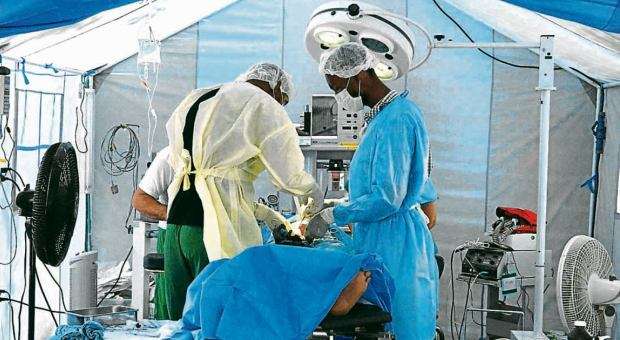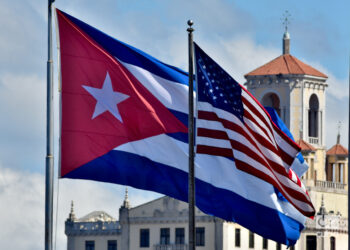About some changes made in order to give effect to the purposes of the current strategic agenda on Cuban economy, PhD Jorge Mario Sanchez Egozcue writes in his “Structural Change, Economic Growth and External Sector: Transforming Self Adjustment”.
In the center of social debate generated by the transformation process that followed the adoption of the Guidelines for the economic and social policy is, of course, the performance of the Cuban economy.
Given that this has been marked by “the configuration and stability of its international relations, in order to access funding, energy resources, food and essential supplies to many of the domestic production,” the article discusses the results of foreign trade, which impact lies in areas such as those mentioned above, and owing to the fact that the export of services is currently the most important source of income generated by the country through exports (almost two thirds).
“In recent years, the external sector has taken place in a particularly tense succession of adverse events and the impacts of climate events and the international crisis, in addition to the acute accumulated endemic problems “. (…) “In essence, the determinants are not external, the Cuban economy has dragged for years structural problems that could not be solved within the existing rules and practices. Among these, the author identifies the most relevant, at the macro level:
– Hyper-nationalization of economic activity
– Chronic shortage of foreign exchange
– Increasing external debt
– Low competitiveness and generalized subsidies
– Insufficient domestic savings
– Fiscal stability supported by administrative mechanisms
– Sharp contraction of investment with severe disinvestment in infrastructure and in several industries
– At the level of the domestic environment, excessive regulations that restrict the flexibility required to adapt to the real conditions in order to renew operating efficiency in an environment of restricted convertibility, with segmented markets
– Dual currency and exchange.
These and other problems have influenced the decline in the standard of efficiency and quality of production and services, and therefore pose consequences for the actual competitiveness of foreign trade of the country to compete in international markets.
The author presents his article as “a review of the current state of growth and Cuban integration in foreign markets, identifying key areas for conversion policies. We briefly describe the specificities of the country in international trade relations, as well as some of the key structural features that require change “.
It therefore offers a “map” of the evolution of competitiveness and employment by sector, which identifies the “zones” of greater immediate pressure and its impact on a country’s economy. The author’s approach and the data he provides are a diagnostic form that clearly identifies the direction and extent of required changes.
Read full article here
Author: PhD Jorge Mario Sanchez Egozcue
Professor and reasercher










